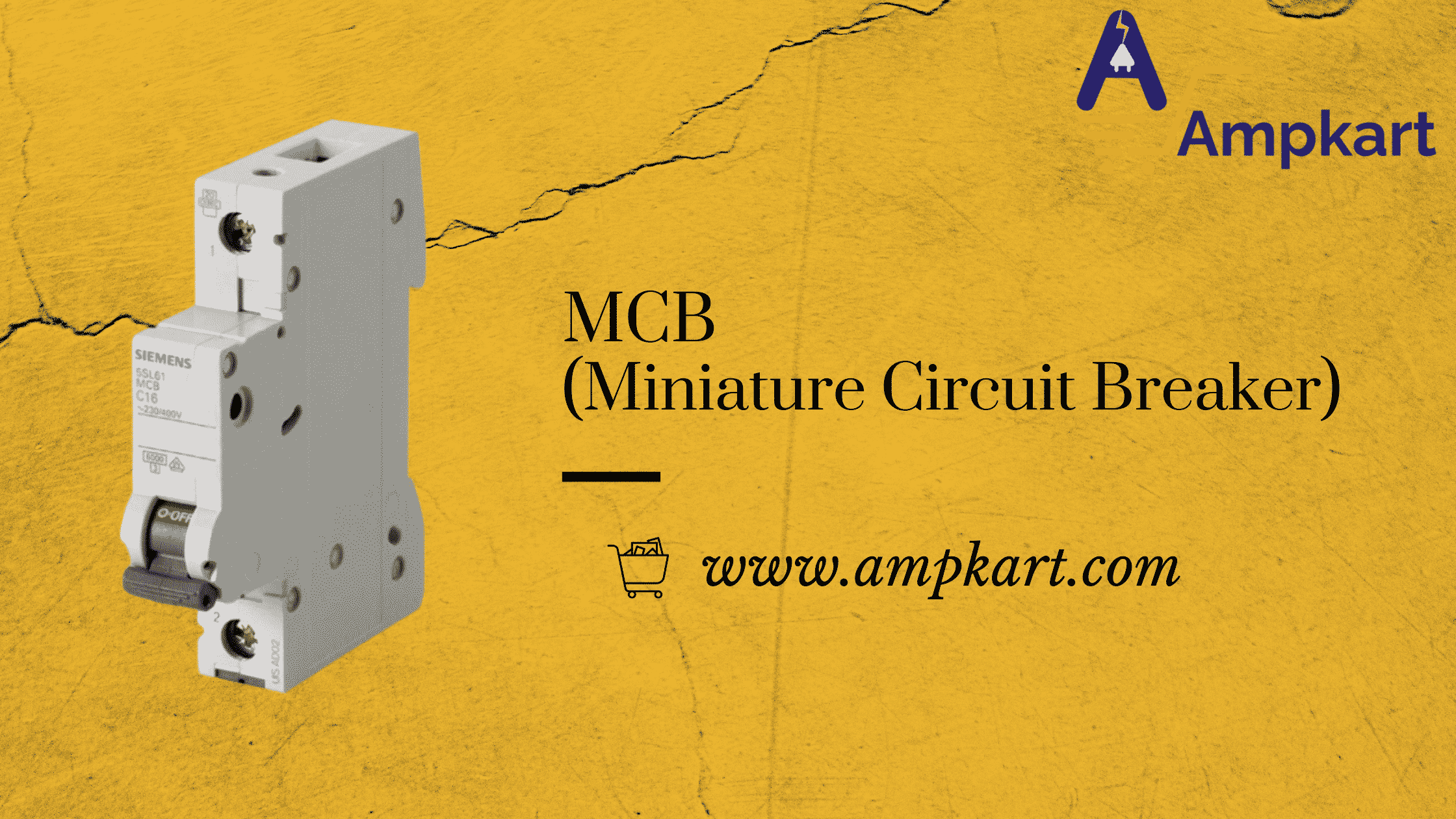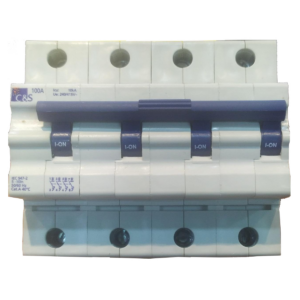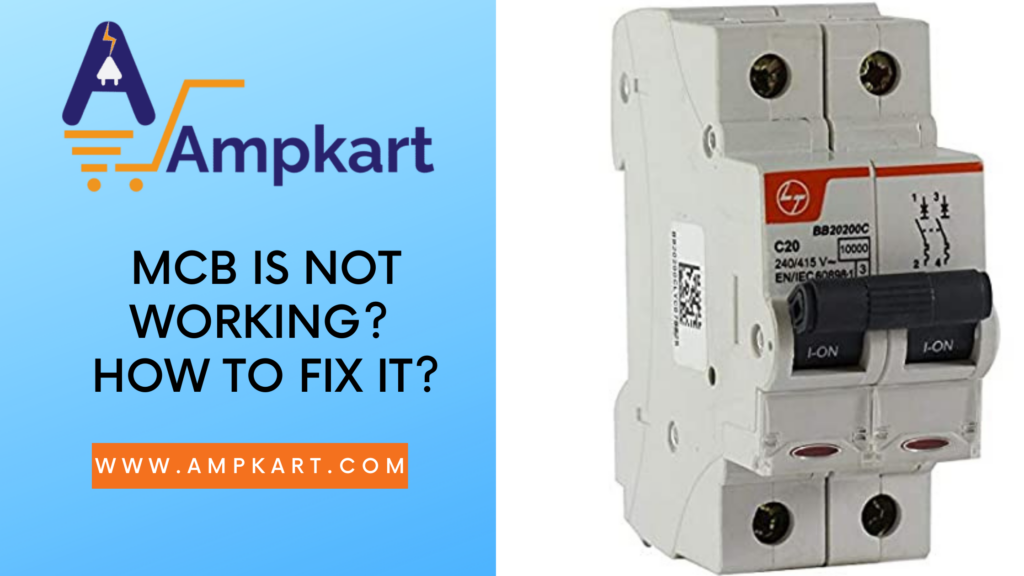The MCB (Miniature Circuit Breaker) is a circuit breaker with excellent overload and short circuit safety. Its primary role is to monitor and impede current flow when a fault occurs. It protects against overheating and fire in the event of an excess of current.
The intensity of the excessive current determines the operation time of the MCBs, which are delay trip units. This means they are enabled if there is an appropriate overload to put the safe circuit in jeopardy.
An MCB is a magnetic switching system that can make, hold, and break the current under standard circuit situations while also breaking immediately under emergencies.
Why use an MCB?
MCBs are used to protect your domestic equipment and powerful industrial appliances from short circuits and excess current. A circuit breaker, unlike a fuse, can be reset to standard function after one use.
Working of MCB
There are two contacts, one of which is fixed and the other of which is mobile. A solenoid causes the movable contact to open when the flow reaches the predetermined limit, and the MCB cuts off, preventing the flow of current in the circuit. The MCB is manually switched on to resume the flow of current. This mechanism protects against faults caused by excessive current or overload.
Types of MCBs
Every MCB has a specific tripping curve, B, C, D, or even a very specialised curve that differs from MCB brand to brand. IEEE regulations create the B, C, and D curves.There are three types:
- Type B MCB
This form of MCB can trip at a rate of three to five times its current rating in an instance. These are usually used for resistive or small induction machines that have very low switching overloads.
- Type C MCB
This form of MCB can trip at a rate of five to ten times its current rating in an instance. These are typically used for high induction machines, such as small motors and fluorescent lamps, where shifting overvoltage is high. C-type MCBs are favoured in these situations because they can withstand the strongest short-circuit currents.
- Type D MCB
This MCB fires at a rate of ten to twenty-five times its maximum capacity in an instance. These are widely used for very high input voltage with a constant high input current. These are appropriate for a variety of industrial and commercial uses.
Advantages of MCBs over Fuse
- Identify the defective region of an electrical circuit quickly and easily.
- Resuming supply is easy.
- Improved user interface: A Knob.
- Electrically less dangerous.
- More current-sensitive than a fuse.
- Maintenance and repair costs are lower.
Disadvantages of MCBs
- The MCB is more costly than the fuse.
- The MCB distribution system is more expensive than a rewireable fuse panel.
- The possibility of overheating the circuit due to an individual who is not eligible to operate it has been eliminated.
-
 C&S WiNtrip 100A 4 Pole MCB 10kA “C”₹6,344 (47% Off)
C&S WiNtrip 100A 4 Pole MCB 10kA “C”₹6,344 (47% Off) -


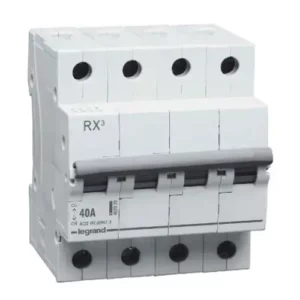 Legrand RX3 40A 4 Pole Isolator₹1,010 (32% Off)
Legrand RX3 40A 4 Pole Isolator₹1,010 (32% Off) -


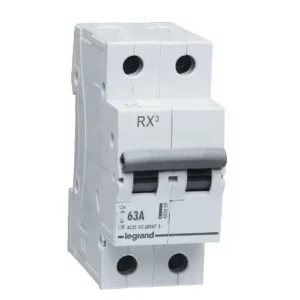 Legrand RX3 63A 2 Pole Isolator₹571 (32% Off)
Legrand RX3 63A 2 Pole Isolator₹571 (32% Off) -


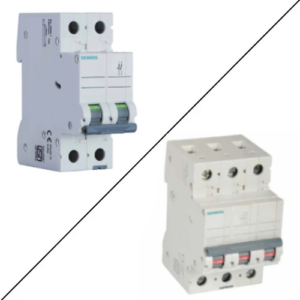 Siemens 5SX MCB 10kA ‘C’₹447 – ₹1,622
Siemens 5SX MCB 10kA ‘C’₹447 – ₹1,622 -


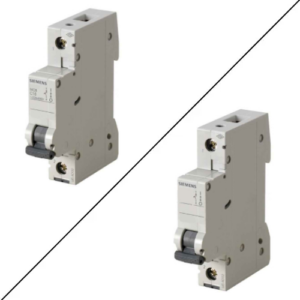 Siemens Betagard 1 Pole MCB 10kA ‘C’₹225 – ₹225
Siemens Betagard 1 Pole MCB 10kA ‘C’₹225 – ₹225(41% Off) -


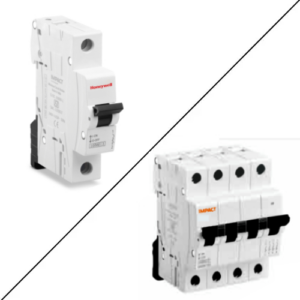 Honeywell Impact MCB 10kA ‘C’₹124 – ₹5,025
Honeywell Impact MCB 10kA ‘C’₹124 – ₹5,025 -


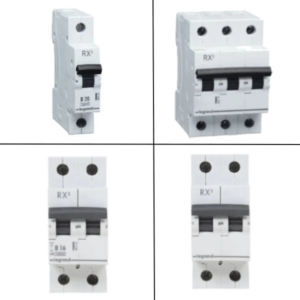 Legrand RX3 MCB 10kA ‘B’₹173 – ₹1,429
Legrand RX3 MCB 10kA ‘B’₹173 – ₹1,429 -


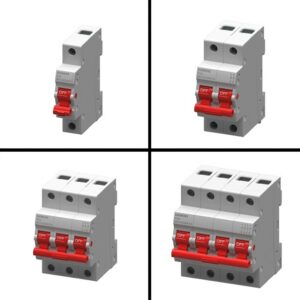 Siemens Sinova Isolator AC₹284 – ₹756
Siemens Sinova Isolator AC₹284 – ₹756 -


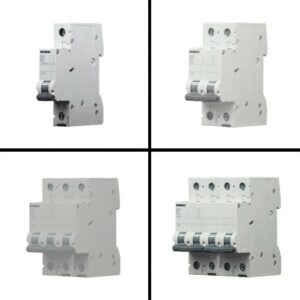 Siemens Sinova MCB 6kA₹124 – ₹1,488
Siemens Sinova MCB 6kA₹124 – ₹1,488
 (+91) 7439 448 917
(+91) 7439 448 917 Cash on Delivery Available
Cash on Delivery Available



 Circuit Breakers
Circuit Breakers Power Distribution
Power Distribution Modular Switchboard
Modular Switchboard Wires & Cables
Wires & Cables















